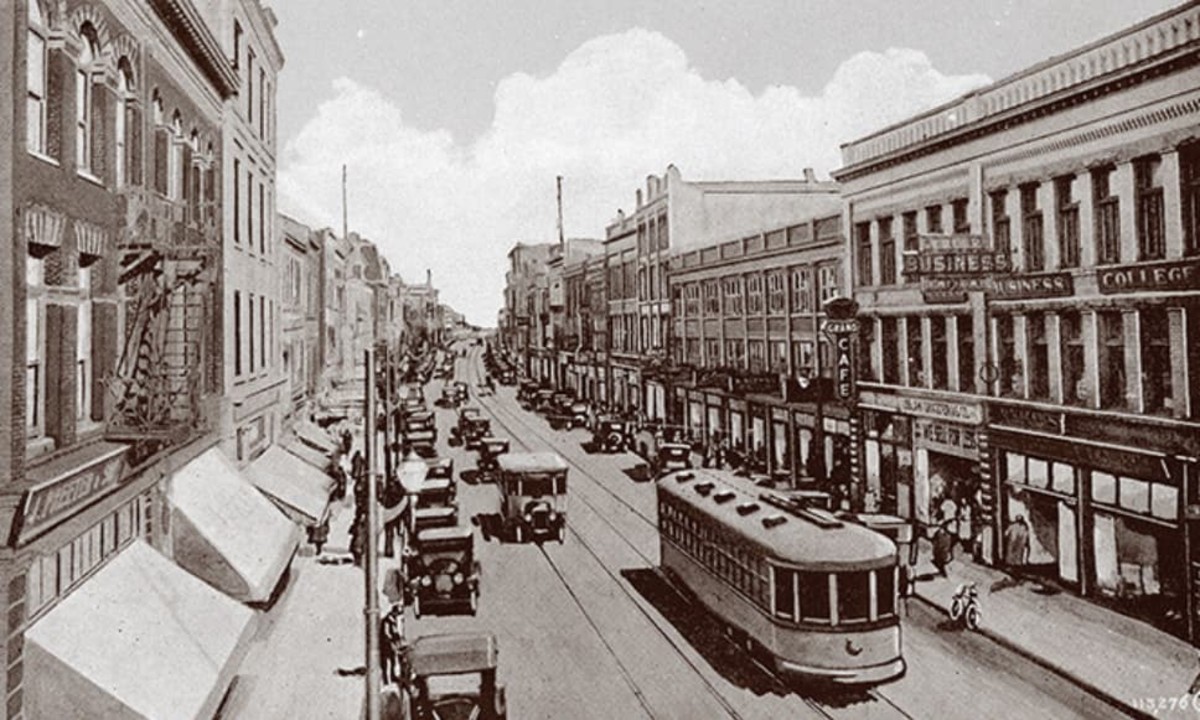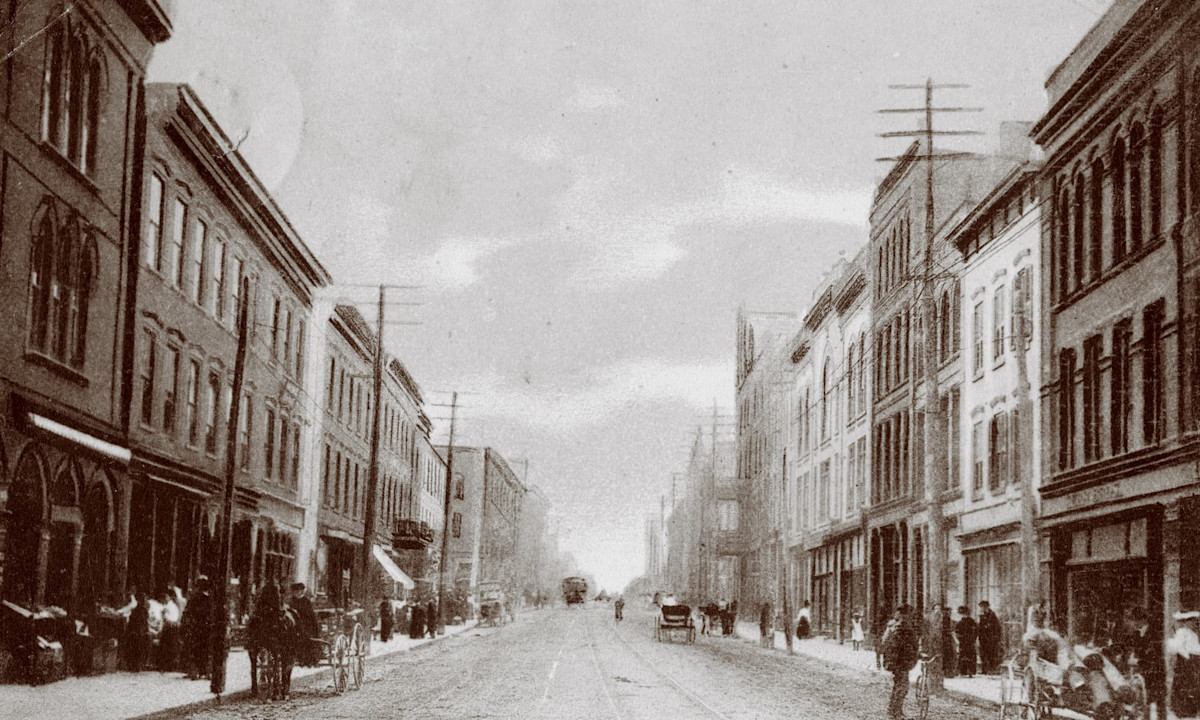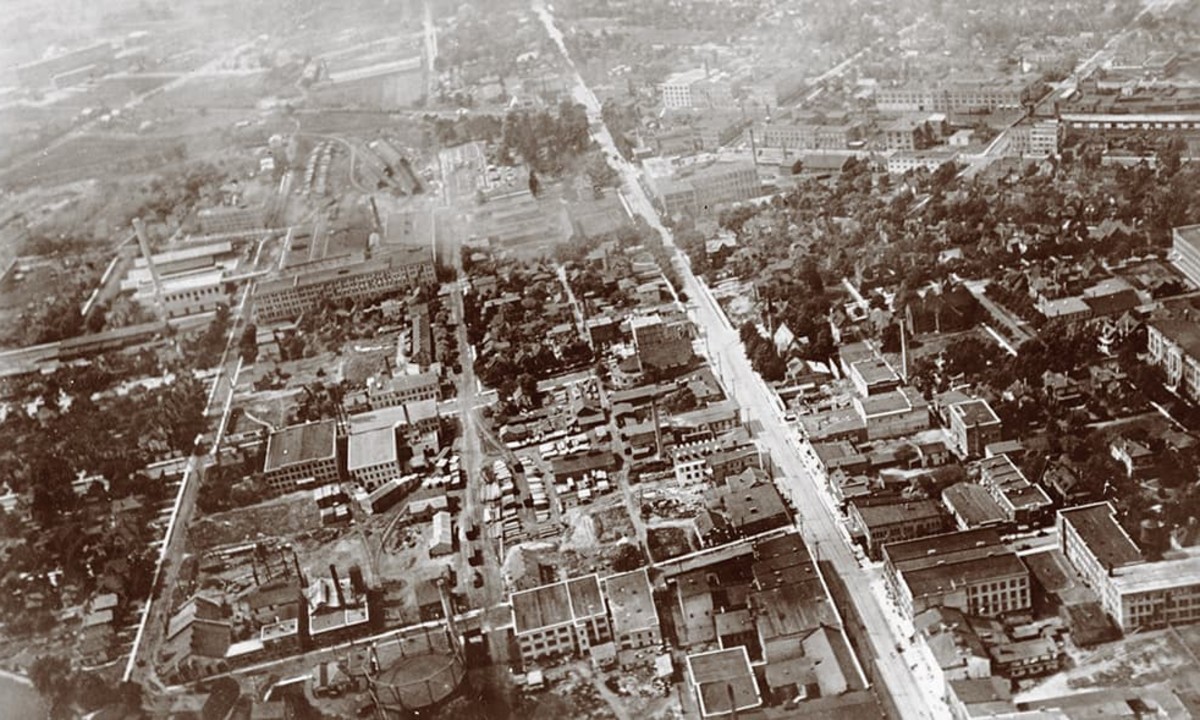A Step Back in Time
A doctrine of innovation has been deeply ingrained in Kitchener-Waterloo’s DNA
 Source: University of Waterloo Library. Special Collections & Archives.
Source: University of Waterloo Library. Special Collections & Archives.  Jacob KaufmanSource: Augustine Ham Kaufman Family fonds
Jacob KaufmanSource: Augustine Ham Kaufman Family fonds Mary KaufmanSource: Augustine Ham Kaufman Family fonds
Mary KaufmanSource: Augustine Ham Kaufman Family fonds Source: Twentieth century number of “Busy Berlin”
Source: Twentieth century number of “Busy Berlin”The Kaufman Family Legacy
Nestled amongst the modern amenities of Station Park sits the historic, Victorian Gothic mansion that was built by famed Kitchener industrialist, Jacob S. Kaufman (1847-1920). In 1877, Kaufman moved to Berlin - later renamed Kitchener - to start his own lumber mill in the booming manufacturing economy.
After serving as the Ratz-Bechtel funeral home from 1949 to 2015, the Kaufman house will be restored and integrated into the Station Park ecosystem for the public, solidifying Kaufman as an icon in the history of Kitchener’s enduring culture of innovation.

“Nothing is impossible here to the man who possesses intelligence, industry, and integrity. All doors open to him.”
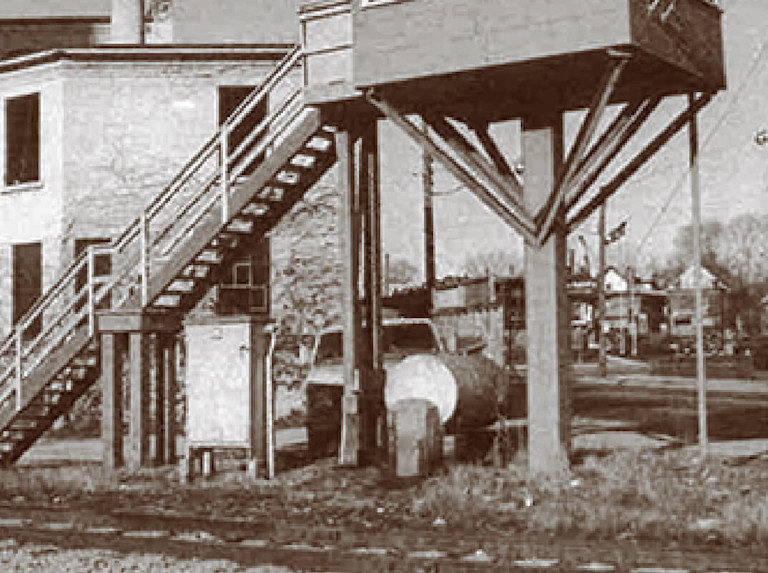
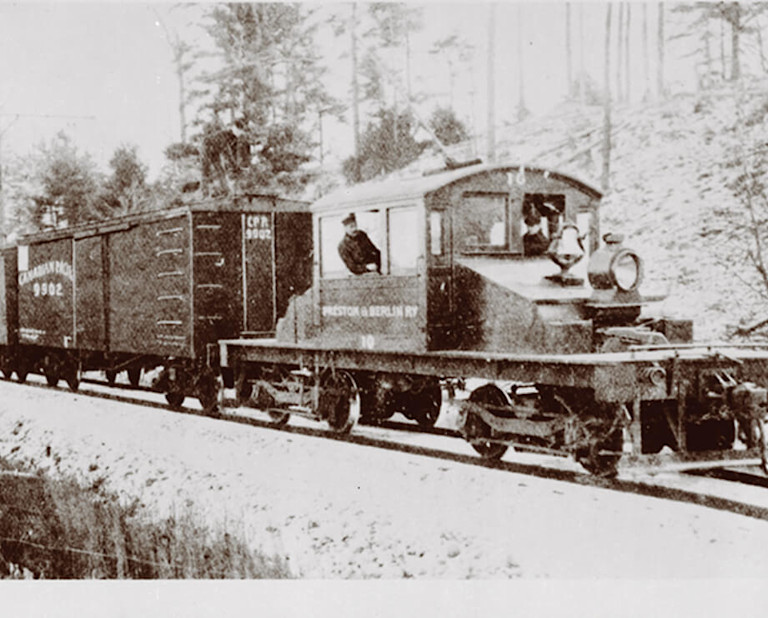
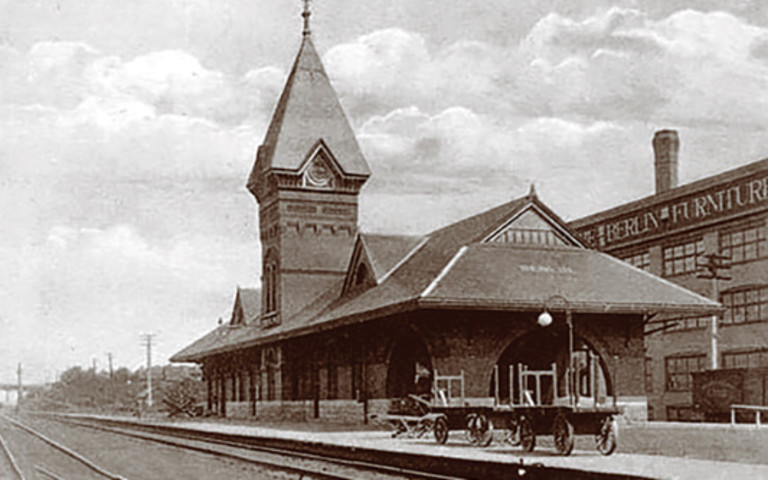
The Significance of Grand Trunk Station
Industrialists like Jacob Kaufman, Reinhold Lang, and Louis Breithaupt couldn’t have built their manufacturing empires without the supplies brought into town via the historic Grand Trunk Railway, the main railway artery of Ontario.
The Berlin Station, built in 1856 and now serving as Kitchener’s Via Rail Station, was the site of several historic moments for the region, and now provides a major source of thematic inspiration for Station Park. It is a mere stone’s throw away from the site, with the train line itself running along the west side of the development.
